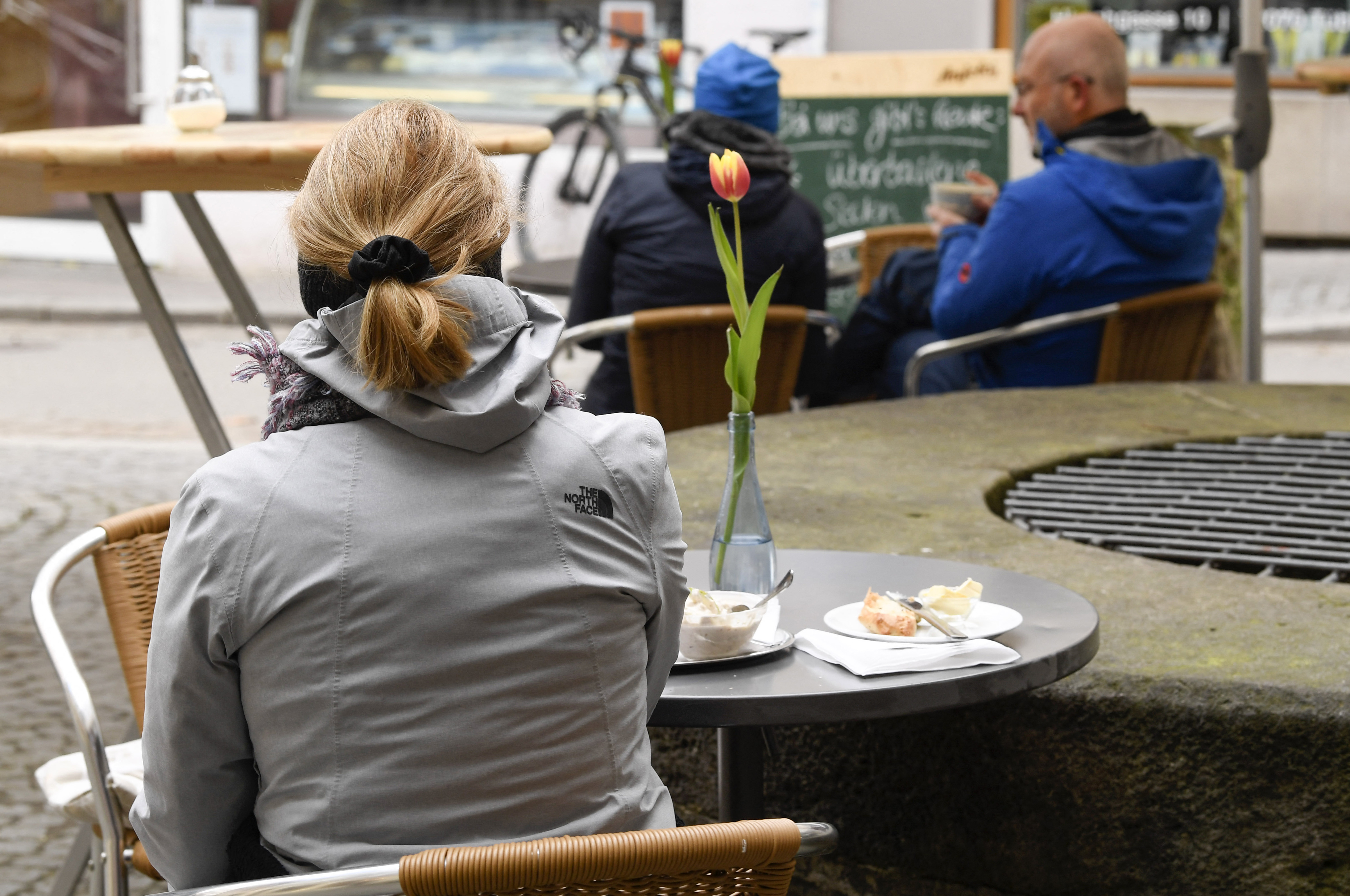
The number of new coronavirus infections in Croatia is continuing to rise and it is 32% higher than last week, the national COVID-19 response team said on Wednesday, noting that a decision on whether the current restrictions would be tightened or relaxed would be made in early April.
"The number of new infections is 32% up from last week. Istria County has the lowest incidence rate and Primorje-Gorski Kotar County the highest," Croatian Public Health Institute (HZJZ) head Krunoslav Capak said at a news conference.
The team's head, Minister of the Interior Davor Bozinovic, said that current restrictions would be in force until the end of March and that new ones would be announced in early April, however, the existing regime should stay in force during the Easter holidays and the tourist season until the overall epidemiological situation improves.
"It is up to us if the existing restrictions will be extended, tightened or made more liberal," said Bozinovic, announcing a "serious framework" and stressing that responsibility for complying lay with the people.
As for preparations for the tourist season, he said that tourists who had been vaccinated, had recovered from COVID-19, or had an antigen test proving that they were negative would be able to enter Croatia.
He repeated that inspections were on the ground and that businesses found to be violating epidemiological restrictions would lose the right to job-keeping support.
Cafes that have enclosed their terraces face the risk of sanctions and loss of state aid, he said.
He said that the regional approach to the tightening of restrictions was justified because of preparations for the tourist season and because "the EU will assess incidence in our counties and make decisions for EU citizens who plan to travel there."
HALMED receives reports about 1,989 suspected vaccine side-effects
Croatia on Wednesday reported 1,891 new infections.
However, HZJZ head Capak said that no new hot spots had been detected, but that the virus was spreading horizontally in the population.
The 14-day incidence rate per 100,000 inhabitants is 307.6 and in that regard Croatia is eighth in the EU, he said.
"The mortality rate per million inhabitants is 1,431.2, which puts us in 18th place in the EU. The share of positive cases in the total number of tested persons today was 20.3%," Capak said.
He reported that the HALMED regulator had received reports about 1,989 suspected vaccine side-effects, with 1,090 referring to the Pfizer vaccine, 126 to the Moderna vaccine, and 771 to the AstraZeneca vaccine.
Capak said that more vaccine doses would be sent to family doctors who have more elderly and ill patients.
Asked about the dynamics of vaccine delivery, he said that AstraZeneca had reduced the amount to be delivered in March but that Pfizer was regularly delivering the agreed doses. At the end of April a large quantity of vaccine is expected to arrive, he said.
Kakvo je tvoje mišljenje o ovome?
Pridruži se raspravi ili pročitaj komentare



 Srbija
Srbija
 Bosna i Hercegovina
Bosna i Hercegovina
 Slovenija
Slovenija







